 FOREWORD
FOREWORD
In January 1902, the Duke of Marlborough wrote to his first cousin Winston Churchill, describing a court ball he had attended in St Petersburg. Marlborough was astonished by the anachronistic grandeur in which the Tsar of All the Russias appeared to be trapped. He described Nicholas II as a ‘nice and amiable man who tries to play the proper part of an autocrat’.
The reception was worthy of Versailles in all its ostentatious glory. ‘Supper was served for nearly three thousand people. The effect of this spectacle of so many people sitting down at the same time is difficult to describe. The scale on which it is carried out can only be estimated when I remind you that there were some two thousand servants in all to wait upon the guests, including Cossacks, Mamelukes and runners [footmen] like those we have heard of in eighteenth century England with huge ostrich-feather hats on their heads. A regimental band is stationed in every room, so as to play the national anthem wherever the Czar may go . . . There was another guard of honour whose duty apparently was to hold their swords at attention for five consecutive hours.’
When Marlborough’s young wife, Consuelo Vanderbilt, asked the Tsar at a subsequent dinner about the possibility of introducing democratic government in Russia, he replied: ‘We are two hundred years behind Europe in the development of our national political institutions. Russia is still more Asiatic than European and must therefore be governed by an autocratic government.’
Marlborough was also struck by the idiosyncrasies of the Guards regiments which dominated the military system. ‘The Grand Duke Vladimir, who is the head of a portion of the army, has the recruits brought up before him. Those men who possess snub noses go into the Pavlovsky Regiment, which was created by the Emperor Paul, who possessed a snub nose.’
Like the court, the Imperial Russian Army was ossified by archaic etiquette, protocol and bureaucracy. Captain Archie Wavell, the future field marshal but then a young officer in the Black Watch, observed when on attachment there just before the First World War that even officers of field rank were afraid of showing initiative. ‘An example of the conservatism of the Russian Army,’ he added, ‘was their custom of invariably carrying the bayonet fixed on the rifle at all times.’ This dated back to an order of Marshal Suvorov in the late eighteenth century after a Russian column was surprised in an ambush and wiped out.
Russian officers regarded it as disgraceful ever to be seen out of uniform. A dragoon captain who quizzed Wavell on the customs of the British Army could not believe that their officers wore civilian clothes off duty and did not carry swords in public. He jumped to his feet, scandalised. ‘But people will not be afraid of you,’ he blurted out. A Tsarist officer had the right to punch any of his soldiers in the face as a summary punishment.
Wavell was not surprised that the Russian intelligentsia regarded their rulers ‘as bureaucratic oppressors; they mistrusted the police and despised the army’. After the humiliating disasters of the Russo–Japanese War of 1904–5 and the massacre of Father Georgy Gapon’s peaceful protest march to the Winter Palace in January 1905, respect for the regime and the armed forces had disintegrated. ‘Russia swung to the left overnight,’ wrote Nadezhda Lokhvitskaya, under her nom de plume of ‘Teffi’. ‘There was unrest among the students, there were strikes among the workers. Even old generals could be heard snorting about the disgraceful way the country was being run and making sharp criticisms of the Tsar himself.’
*
In exchange for its great privileges, the nobility was supposed to provide its sons as officers for the army and the bureaucracy in St Petersburg. The 30,000 landowners were meanwhile expected to maintain order over the countryside through local ‘land captains’.
The liberation of the serfs in 1861 had done little to improve their desperate lot. ‘Our peasantry lives in horrible conditions, lacking properly organised medical care,’ wrote Maksim Gorky. ‘Half of all peasant children die of various diseases before the age of five. Almost all the women in the village suffer from women’s diseases. The villages are rotting with syphilis; the villages have sunk into destitution, ignorance and savagery.’ The women also suffered from the violence of their men, usually when drunk.
Any idea of the sturdy Russian peasant forming part of an irresistible military steamroller was an illusion. Roughly three out of four young peasants were rejected in peacetime on the grounds of ill health. Officers complained of the quality of conscripts arriving during the First World War. In the Second Army, a report stated, ‘It is deplorable and quite common that lower ranks inflict wounds on themselves to avoid combat. There are also a lot of cases of surrendering to the enemy.’ It described them as ‘just ordinary muzhiks . . . They stare in front of them in an indifferent, stupid and gloomy way. They are not in the habit of looking back cheerfully and merrily into their commander’s eyes.’ Evidently, the Russian peasant in uniform adopted the tactic which the British Army used to define as ‘dumb insolence’.
*
Even enlightened members of the gentry and aristocracy feared the ‘dark masses’ and their occasional explosions of terrifying violence, like that of 1773 led by Yemelyan Pugachev. Aleksandr Pushkin described it as ‘Russian revolt, senseless and merciless’. In the wave of unrest and manor-burnings in 1905 which followed the disasters of the Japanese war, the only hope of landowners was to appeal to the local governor to call out troops from one of the many garrison towns.
Karl Marx’s notorious remark in the Communist Manifesto about ‘the idiocy of rural life’, with its implication of credulity, apathy and submission, was also true beyond the peasant village. Small provincial towns could be almost as stultifying. Satirists such as Saltykov-Shchedrin and Gogol peered beneath the murky surface of the stagnant pond. It was Saltykov, ironically a favourite author of Lenin, who also invoked ‘the devastating effect of legalised slavery upon the human psyche’, a phenomenon common to both Tsarist and Soviet eras. Leon Trotsky blamed the mental straitjacket of the Orthodox Church. He argued that revolution could never come until the people broke with ‘the icons and cockroaches’ of Holy Russia.
Attempts at land reform achieved results only in certain areas. Unlike that great magnate of the nineteenth century, Count Dmitry Sheremetev, who owned 1.9 million acres (763,000 hectares) with approximately 300,000 serfs, most estates were small and impoverished. Even if they had wanted to, very few landowners could afford to improve housing conditions or introduce the most basic form of mechanisation. Instead, many were compelled to sell or mortgage their properties. Relations became increasingly artificial and tense. The poorer peasants remained victims of illiteracy, which meant that they were exploited by both village elders and corn merchants, and also mistreated by many landowners, still resentful of their loss of power. As a result, obsequious tenants, bowing to their noble masters, would take any opportunity to cheat them as soon as their backs were turned.
Migration to the cities accelerated the growth of the urban working class, the proletariat which Marxists saw as the vanguard of the revolution. From little more than a million inhabitants at the turn of the century, the population of St Petersburg rose to more than 3 million by the end of 1916. Conditions in factories were appalling and dangerous. Workers were regarded as expendable by the owners since so many peasants were waiting to take their place. There was no right to strike, and no compensation for dismissal. In the case of any dispute, the police always sided with the factory owners.
Many saw it as serfdom in the city. The workers slept in galleried barracks, doss-houses and tenements amid squalor and disease. ‘There are no sewage systems in the cities,’ wrote Gorky, ‘there are no flues in factory chimneys; the open ground has been poisoned by the miasma of rotting refuse, the air – by smoke and dust.’
In such overcrowded conditions, tuberculosis and venereal diseases spread alongside occasional epidemics of cholera and typhus. Life expectancy was as low as in the poorest villages. The only freedom lay in the lowest circle of hell inhabited by the lumpen proletariat of the unemployed – a subterranean world of child prostitution, petty theft and drunken fights, an existence worse than anything depicted by Dickens, Hugo or Zola. The only disaster which could make life even worse for the poor in Russia was a major European conflict.
The Suicide of Europe 1912–1916
The pace of industrial growth in Russia before the First World War produced a heady over-confidence among its ruling classes. The disastrous conflict with Japan just under a decade before was forgotten. The war party in St Petersburg became more vociferous, demanding an attack on Turkey after it closed the Dardanelles in 1912. Even the formerly cautious foreign minister, Sergei Sazonov, was outraged at the way Russia had been treated by the German and Austro-Hungarian Empires over the First Balkan War.
So, when Vienna issued its ultimatum to Serbia following the assassination in June 1914 of the Archduke Franz Ferdinand in Sarajevo, Sazonov asked the chief of the general staff to prepare the army for war. He told the Tsar that if Russia failed to support its fellow Slavs in Serbia, it would constitute a fatal humiliation. Nicholas II felt obliged to concede to the calls for the first stage of partial mobilisation, but then army commanders insisted that if Russia mobilised against the Austro-Hungarian armies, Russian forces would have to mobilise all along the central and northern fronts against the Germans.
The imperial family’s counsellor and faith healer, Grigory Rasputin, was absent from the capital. That fateful summer, he had returned home to Siberia, where he received news of the rush to war in a telegram from the Tsarina. He set out immediately to send a reply to advise the Tsar to resist the pressure, but a peasant woman waylaid him, stabbing him in the stomach. She was a follower of Iliodor, a former priest who had turned against him, denouncing him as a lecher and a false prophet.
Rasputin nearly died and was incapacitated in hospital. When he regained consciousness and heard that mobilisation had been ordered, he insisted on sending the telegram which warned that war would destroy both Russia and the Romanovs. This final chance of persuading the Tsar to stand up against the belligerents all around him arrived too late, but it would probably have made little difference.
The fear of the Russian general staff that the Central Powers could mobilise more rapidly was not the main factor in the escalation to war. That had come from the Austrian determination to crush Serbia before the major European powers could step in. Germany refused to stop them. General Helmuth von Moltke, the chief of the German general staff, even urged the Austrians to ignore any plea for moderation from his own government and push on with their attack. Diplomacy and royal connections stood little chance. War was indeed too important to be left to the generals, as the French prime minister Georges Clemenceau was soon to observe.
*
Once war had been declared, things could only go from bad to worse for the ‘grey mass’ of Russian peasant-soldiers. Altogether 15,300,000 men would be called up into the army and navy. After the defeat at the Battle of Tannenberg and then the infamous ‘Great Retreat’ in 1915, following the German victory of Gorlice-Tarnów (just southeast of Kraków), bitterness and suspicion of treason at court set in among officers as well as soldiers. Talk of ‘the German stranglehold’ soon began, partly because so many generals had names of Teutonic or Scandinavian origin. But most cursed the German Tsarina and her camarilla dominated by their éminence grise, Rasputin. The dissolute monk interfered with shameless corruption in appointments once the Tsar unwisely decided to assume the supreme command of the armies at the Stavka, the supreme headquarters in Mogilev.
Trench life for Russian soldiers along the whole front running through the Baltic provinces, Poland, Belarus, Galicia and Romania was an inhuman experience. ‘Having dug themselves into the ground,’ wrote Maksim Gorky, ‘they live in rain and snow, in filth, in cramped conditions; they are being worn out by disease and eaten by vermin; they live like beasts.’ Desperately short of ammunition, many lacked boots and had to resort to bast shoes made from birch bark. Casualty clearing stations at the front were almost as primitive as in the Crimean War.
Attempts to modernise failed disastrously. ‘The most recent technological development has finally reached us,’ Vasily Kravkov, a senior doctor on the staff, wrote bitterly in his diary. ‘That is to say 25,000 gas masks for our corps. They had been tested by the supreme commission chaired by our top “pasha”, the Duke of Oldenburg. I carried out a sort of test by putting gas masks on my medical orderlies. Two minutes later they started to suffocate. And we are supposed to equip everyone in the trenches with that stuff!’
Army censorship departments could have had little illusion about the state of morale at the front on reading soldiers’ letters home. Many complained of being hopelessly outgunned by the German artillery and of the utterly callous attitude of officers towards them. Men were either brutalised or traumatised by what they saw. ‘Corpses are still lying there,’ wrote one in a letter. ‘Ravens have already eaten their eyes and rats are crawling on the bodies. Oh my God, this terrible sight can neither be described or imagined.’
Another wrote about a mass grave which officers had ordered them to dig and fill with their own dead. ‘We collected the bodies from the battlefield, dug a hole that was 30 fathoms long and 4 fathoms deep. We laid them in there, but as it was late, we covered half of the hole with earth and left the other half until the morning. We placed a sentry and it turned out that one of the dead clambered out of the hole at night and was found sitting on the edge of the grave, while some others had been turning, because they hadn’t been killed, just wounded and shocked by explosions of heavy shells. This happens quite often.’
Intense resentment was caused by the contrast in conditions between officers and men. Many officers retired each night to the warmth and relative comfort of peasant izbas behind the front, while their soldiers and sergeants were left in the cold and squalor of the trenches. ‘The ordinary soldier leading the attack for the Motherland is paid 75 kopecks [a month],’ one conscript wrote home. ‘The company commander coming on behind is paid 400 roubles, and the regimental commander who is even further back gets a thousand roubles . . . Some have nice dishes and alcohol and prostitutes under the flag of the Red Cross, while the others are starving.’
The idea that Red Cross nurses were there for the sexual convenience of officers alone was almost obsessive, yet there was a basis of truth. Dr Kravkov, the head of medical services for a whole army corps, recorded how a colleague of his was dismissed. ‘It was very simple. The doctor displayed too much tact and did not succumb to the demands of the headquarters clique to set up a brothel using his nurses . . . This was not unfamiliar to me. I saw this at the Tenth Army and it was one of the reasons for my escape from there.’
Officers offered hard-up women students in Odessa hundreds of roubles for nude pictures of themselves: ‘Please write to me if you are ready to be photographed one more time, with more details,’ wrote one young officer. He then told her that if she visited the regiment she could earn up to a thousand roubles.
While officers cavorted, ordinary soldiers were not allowed to see their wives, even in areas far behind the front. Evdokiya Merkulova, the illiterate young wife of a Cossack in the 9th Independent Don Sotnia did not know the regulations and went to visit her husband in early December 1916. She had the courage to make a formal complaint afterwards about her treatment by his squadron commander. ‘Commander of the sotnia Mikhail Rysakov soon learned about my arrival,’ her dictated testimony ran. ‘I don’t know why, but on 5 December he ordered the sotnia to form up on parade and made me lie face down in front of them. Two Cossacks were ordered to roll up my skirt and undershirt and hold my arms and legs. The commander ordered my husband to whip me fifteen times on my naked body. He personally controlled the execution of the punishment and threatened my husband, saying that the strokes should be applied with full strength, and on the skin rather than clothes. My husband was afraid of his chief and administered bloody strokes that are still healing. I was then sent back across the Don with an escort.’
As cannon-fodder, the peasant-soldier hated the war, the mud, the lice, the bad food and the scurvy. Dr Kravkov despaired of their diet. ‘Another delivery of foodstuffs has arrived, this time from Orenburg,’ he noted in his diary. ‘It consisted of 1,000 poods of hams and sausage, all of it rotten! The whole of our mother Russia is rotting away.’
The rainy season came in October 1916 with a vengeance which disturbed Kravkov. ‘Dr Tolchenov, whom I had dispatched to the positions to investigate the sanitary conditions, gave a hair-raising report on the horrible situation in which our unfortunate soldiers are living: in mud that reaches up to their waist, with no shelter from bad weather, with no warm clothes, hot food or tea.’ Two weeks later he wrote: ‘We received reinforcements, boys that are green behind the ears. They were sent into a bayonet attack on the following day . . . It was a stunning scene when many of them, who did not want to die, cried out in despair: “Mama!”.’ The military authorities suppressed news of mutinies which were ruthlessly put down.
That winter in Petrograd, criticism of the government did not come just from liberals and the Left. Arch-conservatives, such as the politician Vasily Shulgin, were appalled by the irresponsibility of the rich, indifferent to the fact that Russian casualties were running at twice the rate of their German and Austro-Hungarian enemies. ‘And here we are,’ he wrote bitterly, ‘dancing the “last tango” on the breastworks of trenches choked with corpses.’ Shulgin was infuriated by the rumours and conspiracy theories which ran around the capital’s salons, especially the ‘chatter about treason’. He blamed the leader of the Kadet Party, Pavel Milyukov, for his sensational speech when the State Duma reconvened on 1 November. Milyukov’s savage attacks on the Tsar’s ministers astonished those present because he was usually so moderate. Now, he openly denounced ‘occult forces fighting for the benefit of Germany’. To great cheers, after each example of incompetence he hammered in the rhetorical question: ‘And what is this? Stupidity or treason?’
The pervasive corruption in the capital shocked idealistic young officers at the front. ‘Everyone knows that all kinds of swindlers at the establishment of Grand Duchess Maria Pavlovna arrange safe positions in exchange for bribes,’ a young cavalry officer in the Seventh Army wrote to his fiancée, who wanted to secure a post for him in the rear. ‘But I implore you to not bribe anyone. I want to live and die a nobleman.’
Even firm supporters of the monarchy despaired. The Tsar’s obstinacy stemmed almost entirely from a weak nature. Against all advice, he had insisted on taking over as supreme commander from his cousin, the immensely tall Grand Duke Nikolai Nikolaevich, after the disastrous retreats of 1915. Wavell considered the Grand Duke ‘the handsomest and most impressive man I have ever met. He had no great brain power or book knowledge but was full of common sense and character.’ His nephew, Nicholas II, unfortunately lacked both qualities. ‘Autocracy without an autocrat is a terrible thing,’ observed Shulgin.
One of the main reasons the Tsar immersed himself at the Stavka in Mogilev was that he preferred to be surrounded by loyal officers rather than critical politicians. He left the administration of the country to the Tsarina and Rasputin and resolutely refused to appoint a government of ministers from the Duma. Yet his presence at the Mogilev headquarters remained purely symbolic and his entourage made sure that any tours of the front were carefully managed.
‘General Dolgov’s chief of staff told us at dinner, without a trace of irony, about the preparations for the Tsar’s visit,’ Dr Kravkov noted in his diary. ‘All the soldiers were brought back from the trenches, and the night was spent dressing them in brand-new uniforms and equipment. All the artillery was ordered to open fire at the moment the royal visit began, and as he put it, “a true battle scene was staged”. The Tsar was happy and thanked them all, and our brave warrior was decorated with the St. George’s Cross for his successful staging.’
In that winter of 1916, nobody at Mogilev dared tell the Tsar of the rumours in Petrograd. Revolutionary pamphlets about Rasputin had started to appear, such as ‘The Adventures of Grishka’, hinting at orgies with the Tsarina and even her daughters. These pornographic fantasies were reminiscent of those other caricatures more than a century earlier in Paris against Marie Antoinette and the Princesse de Lamballe. Inevitably, such grotesque stories turned Rasputin, the supposed peasant-debaucher of grandees, into something of a folk hero.
Rasputin’s murder on 17 December by Prince Feliks Yusupov, Grand Duke Dmitry Pavlovich and Vladimir Purishkevich, the leader of the anti-Semitic Black Hundreds, increased the impression of aristocratic corruption in the capital. The idea of Yusupov using his wife Irina, the beautiful niece of the Tsar, as bait for the lecherous monk added a salacious twist to the drama. The public’s imagination was gripped above all by the difficulties the conspirators had in killing Rasputin, with poisoned cakes and several revolver shots, then finally disposing of his huge body through an ice hole below a bridge so that it was not found for two days.
The profound cynicism which developed in the rear created a dangerous apathy. An officer called Fedulenko, back from the front, was invited by his colonel to a lunch. ‘Two Guards officers were sitting next to us,’ he recorded. ‘They began to talk about Rasputin; I was shocked by their talk.’ They repeated gossip about the Tsarina and Rasputin and said that the Tsar was a weakling. ‘As I was returning to Oranienbaum with the colonel afterwards, I asked why such a filthy thing was allowed, why these two young men who were shaming their Emperor had not been stopped. They had been talking in Russian right in front of the servants who could understand them.’ The colonel made a gesture of resignation with his hand. ‘Ah,’ he said. ‘The downfall is already beginning. A horrible time lies ahead.’ Dr Kravkov had no doubts at all. ‘Whatever the outcome of the war, there is going to be a revolution.’





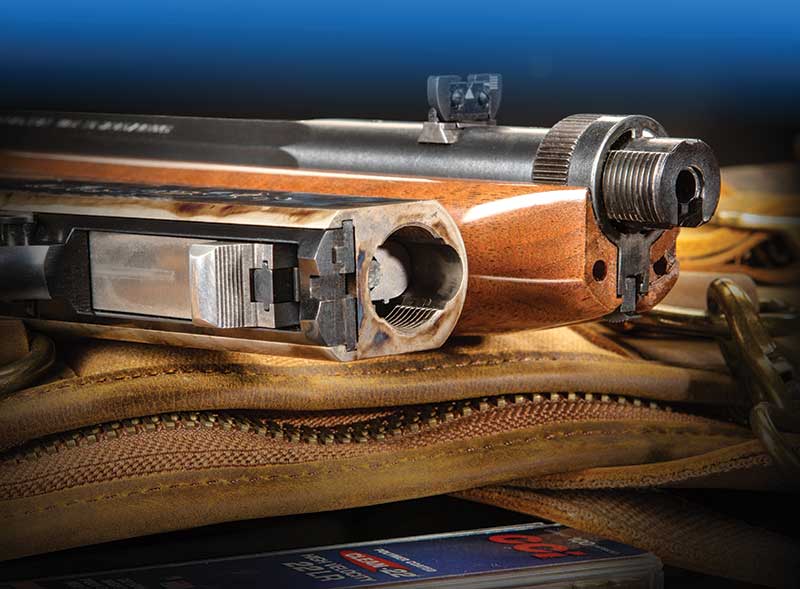
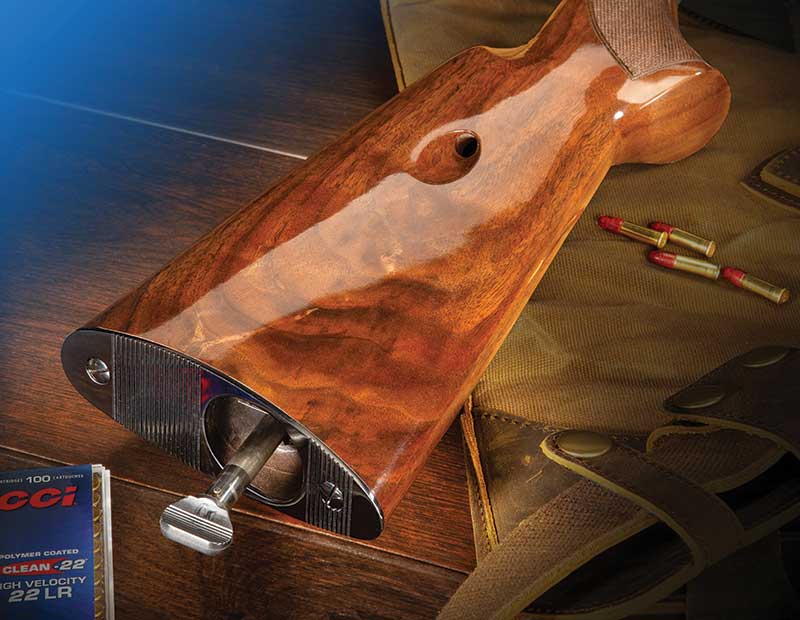
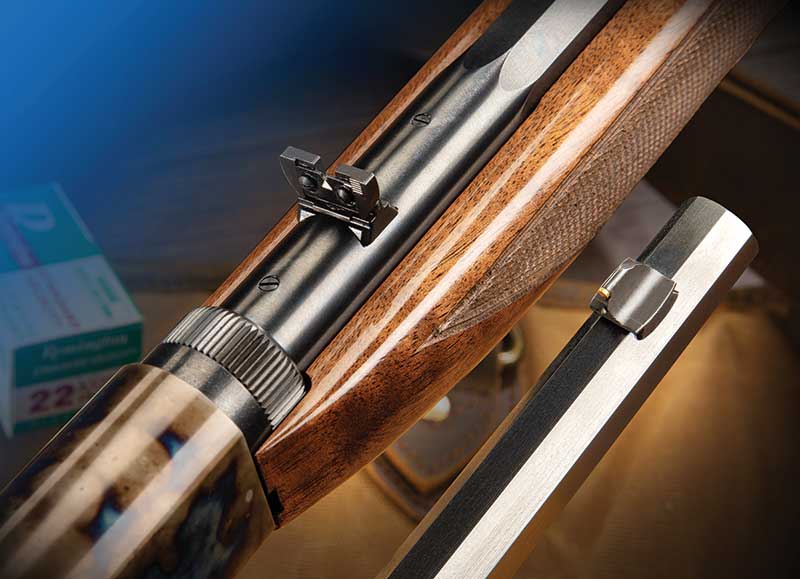

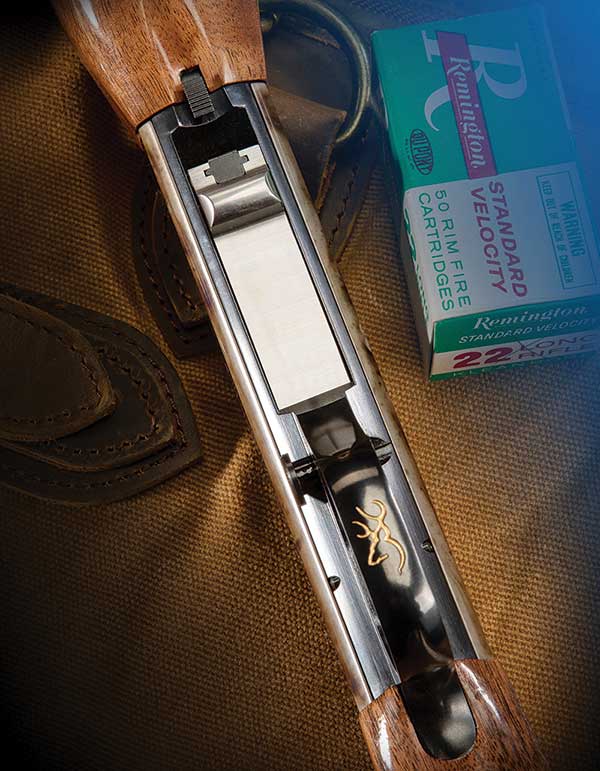
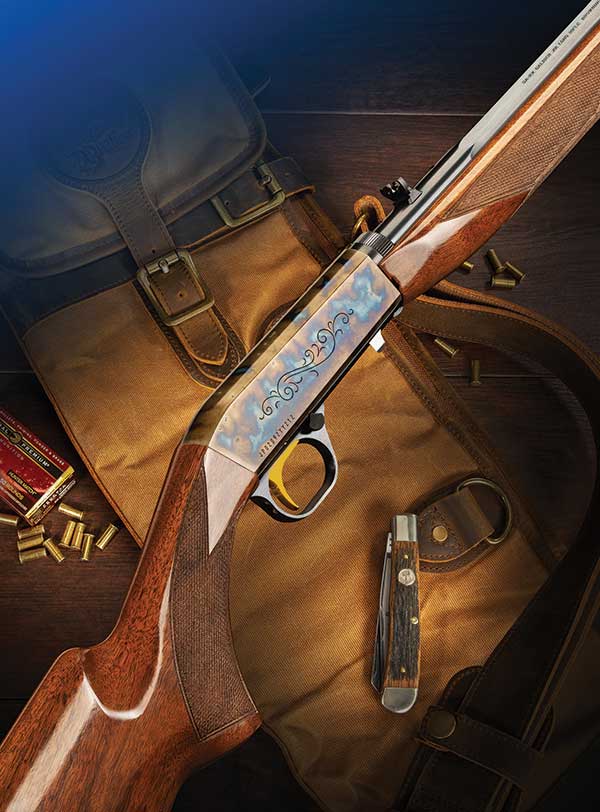
 FOREWORD
FOREWORD